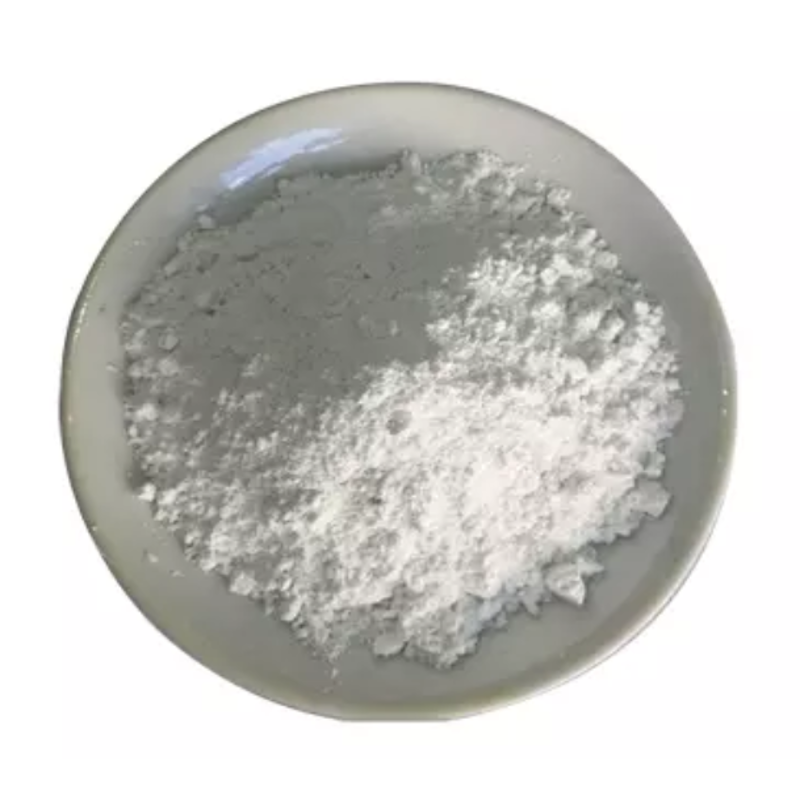-
Categories
-
Pharmaceutical Intermediates
-
Active Pharmaceutical Ingredients
-
Food Additives
- Industrial Coatings
- Agrochemicals
- Dyes and Pigments
- Surfactant
- Flavors and Fragrances
- Chemical Reagents
- Catalyst and Auxiliary
- Natural Products
- Inorganic Chemistry
-
Organic Chemistry
-
Biochemical Engineering
- Analytical Chemistry
-
Cosmetic Ingredient
- Water Treatment Chemical
-
Pharmaceutical Intermediates
Promotion
ECHEMI Mall
Wholesale
Weekly Price
Exhibition
News
-
Trade Service
As a basic molecular biology technology, PCR is widely used in the field of biological science research due to its advantages of simple operation, time saving, and high sensitivity: from cloning, gene editing, next-generation sequencing (NGS) to genotyping, forensic investigation, Pathogen identification, etc.
Traveling far from the beginning, persevering and diligently, striving for the far, hardworking and deep ploughing
In this lecture, as the beginning of PCR basic knowledge, let's first understand the three parts of the most basic PCR principle, operation process, and success factors
1.
PCR is the acronym for Polymerase Chain Reaction (Polymerase Chain Reaction).
Theoretically, each cycle can double the amount of DNA.
2.
①DNA preparation
This step is not required for extracting the DNA template required for PCR reaction from the sample and direct PCR
②PCR reaction
Including the preparation of the reaction solution and PCR reaction two steps
Preparation of reaction solution The
PCR reactions
③Electrophoresis, staining
After the PCR reaction, the size of the amplified fragment was confirmed by gel electrophoresis
Three, the elements of PCR success
DNA polymerase, PCR reaction buffer, 4 kinds of dNTPs, primers and target sequence DNA template are the five major elements that constitute the PCR reaction components.
Enzyme, buffer (Mg 2+ ), dNTP
As mentioned before, commercial DNA polymerases generally contain an appropriate concentration of dNTP and the most suitable reaction buffer.
Primer
The final concentration of PCR primers is generally between 0.
The design of PCR primers generally follows the following design principles:
template
The integrity of the template should be good, and template degradation will result in no product in PCR amplification
The amount of template to be added can be added by referring to the enzyme product instructions and the recommended template amount in the table below.
Too much increase will cause the increase of non-specific amplification products:
Reaction conditions
The PCR reaction conditions can be set by referring to the enzyme product manual and the following table:







